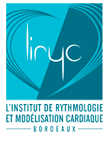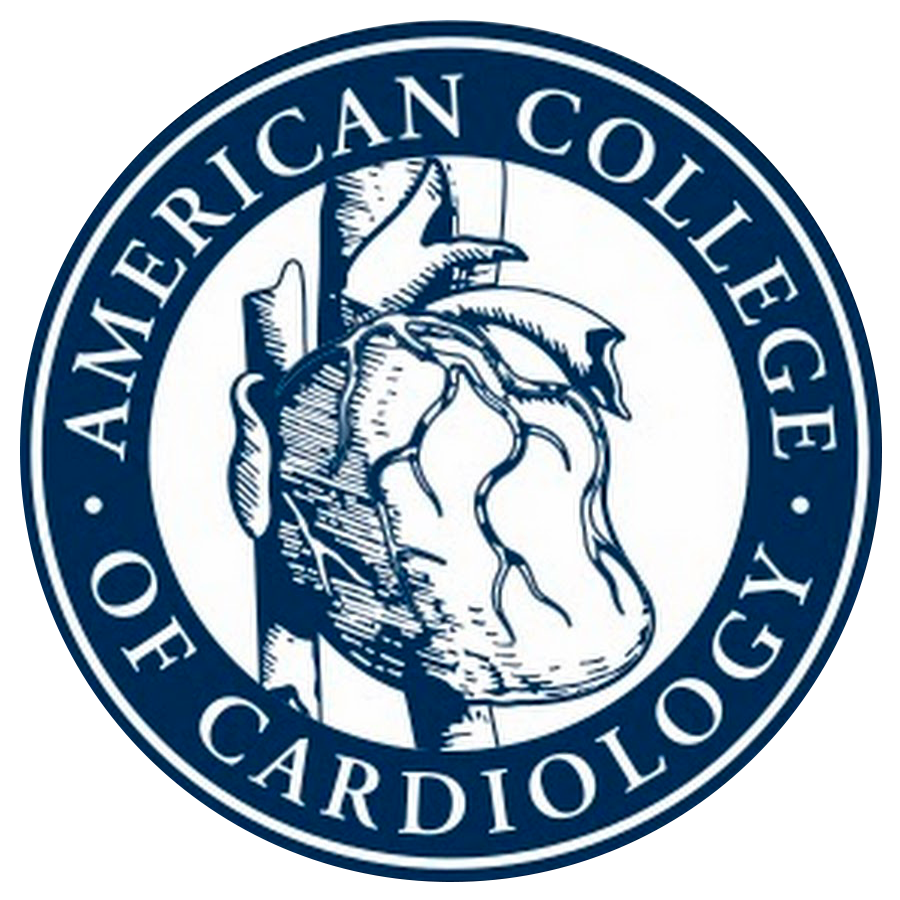Basic concepts
A priority of defibrillator programming is to minimize the delivery of shocks without compromising the patient’s safety. One must adopt the least aggressive and least painful treatment modality to terminate an arrhythmia. The principle behind anti-tachycardia pacing is to capture the arrhythmia and interrupt an organized VT by penetrating its propagation circuit across the ventricles. The ventricle must, consequently, be paced at a faster rate than that of the tachycardia. Anti-tachycardia pacing is painless, lowers the energy consumption and spares the batteries. It must, therefore, be favored as first-line treatment of organized ventricular rhythm disturbances, even when rapid. The efficacy of this type of therapies has been confirmed in a wide range of VT rates since anti-tachycardia pacing has consistently been shown to be effective in terminating 90% of slow ventricular tachycardia (< 200 bpm) with however a low risk of acceleration (1%-5%). These observations have repositioned the ICD as primarily an ATP device with defibrillation backup only as needed.
Different electrophysiological factors directly influence the capacity of a sequence of anti-tachycardia pacing to reduce a VT: the tachycardia cycle length, the presence of an excitable gap in the VT circuit and the conduction time from the stimulation site to the site of impulse formation.
The probability of efficacy of an ATP sequence is also influenced by factors specific to the pacing scheme itself: the timing of the stimulus, the coupling interval, rate and number of pulses in the sequence, the proximity of the stimulating site to the circuit and the number of pacing sites.
Several settings must be programmed to optimize the efficacy of this type of therapy assessed as the ratio between the termination of the episode and the adverse effect (acceleration of the arrhythmia):
Type of sequences: burst, ramp
A burst stimulation sequence consists of a train of pacing pulses with an equal interstimulus interval. It is the most commonly used type of sequence in clinical practice.
A ramp stimulation sequence consists of a train of pacing pulses with an automatically decrementing interstimulus interval.
In this range of VT (< 200 bpm), burst and ramp pacing have been shown equivalently effective for terminating VT with a similar low risk of causing acceleration.
Number of pacing sequences
The number of programmed sequences varies as a function of the rate of the tachycardia. In a slow VT zone, a large number of sequences can be programmed in order to delay to a maximum the shock delivery for a tachycardia that does not threaten the patient’s short-term survival. It is, in fact, possible to not program an electrical shock for that slow VT zone (VT-1). For tachycardias between 150 and 200 bpm, it is usual to program 3 to 6 consecutive sequences of ATP.
Number of pulses per sequence
On average, 5 to 15 consecutive pulses are programmed in each burst. If the number of pulses is insufficient, they might not penetrate the tachycardia circuit and remain ineffective. On the other hand, if the number is excessive, they might end, and then re-induce the tachycardia. An additional pacing stimulus may be systematically added from one sequence to the other.
Coupling versus pacing cycle
The coupling cycle (delay between the last sensed and first paced ventricular event) and the pacing cycle (delay between first and the second pacing stimulus) can be programmed differently according to the companies. The shorter the coupling interval, the more aggressive the therapy and the greater the risk of tachycardia acceleration. Both coupling intervals can be programmed as percentages or as fixed cycles (in ms). It seems more sensible to program in percentages in order to adapt them to the rate of the tachycardia and its variations. The percentage is calculated from the average of the 4 cycles preceding the therapy.
Minimum coupling
A rate limit can be programmed beyond which, regardless of the programming, the device will not pace. If, during a ramp, for example, the minimum interval has been reached, the following cycles will be paced at that minimum coupling cycle length without further decrement.
Longest duration of ATP
This duration (different denomination according to the companies) is the time after which the ATP sequences are interrupted in favor of the delivery of an electrical shock. This feature was designed to prevent a delay in the delivery of the first shock by the delivery of too many sequences of ATP.
Pacing pulse amplitude
The chances of reliable ventricular capture can be increased by programming the amplitude and duration of the ATP pulses independently.
Stimulation site for ATP
Changing the site of stimulation may modify the ability of a pacing impulse to interact with the tachycardia circuit and terminate it. In single and dual lead ICDs, the only possibility is RV pacing. In contrast, CRT devices offer the potential for alternate pacing site. ATP delivered from the left ventricular lead or BiV pacing leads may, from a theoretical perspective, increase success compared with pacing from the right ventricular lead since many reentrant circuits arise in the LV walls.



